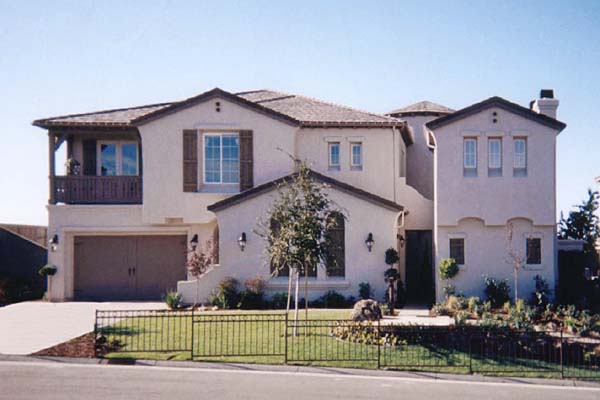REAL ESTATE OWNED (REO)
Understanding Real Estate Owned (REO) Properties
The Journey to REO Status
Foreclosure Process
When a borrower defaults on their mortgage, the lender initiates the foreclosure process to reclaim the property. Following a series of legal procedures and attempts to resolve the default, the property may eventually go to auction.
Acquiring the Property
If the property fails to sell at auction, it becomes the property of the lender, thereby transitioning into the realm of Real Estate Owned. At this stage, the lender takes possession of the property and assumes responsibility for its management and eventual resale.
Characteristics of REO Properties
Varied Condition
REO properties can vary widely in terms of their condition. While some properties may be in relatively good shape, others might require significant repairs and maintenance due to neglect or damage incurred during the foreclosure process.
Pricing Considerations
Pricing Considerations
Given their status as lender-owned properties, REOs are often priced to sell quickly. This can present an attractive opportunity for buyers seeking real estate at potentially discounted prices, albeit with the understanding that the property may require some level of rehabilitation.
Market Dynamics
The presence of REO properties in the real estate market can influence local market dynamics. Depending on the volume of REO properties in a particular area, they can impact overall property values and contribute to market trends.
Impact on the Real Estate Market
Inventory Management
For lenders, managing REO properties effectively is crucial to optimizing their inventory and minimizing potential losses. This may involve strategies such as pricing the properties competitively to attract buyers and working with real estate professionals to facilitate sales.
Investment Opportunities
From an investor's perspective, REO properties can present unique opportunities for those looking to enter the real estate market at a potentially lower cost. However, thorough due diligence is essential to assess the property's condition and any associated risks.
Neighborhood Stabilization
The resale of REO properties can contribute to neighborhood stabilization by bringing these properties back into productive use and preventing potential blight that vacant properties might cause.
Conclusion
In conclusion, Real Estate Owned (REO) properties are a significant component of the real estate landscape, representing properties acquired by lenders through foreclosure and subsequently held in inventory. Their presence can influence market dynamics and present both challenges and opportunities for buyers, investors, and lenders alike.
Whether you're considering purchasing an REO property or simply seeking to understand its impact on the market, it's essential to approach the process with a comprehensive understanding of the property's condition, market dynamics, and potential investment implications.
As with any real estate transaction, engaging with qualified real estate professionals and conducting thorough research is paramount to making informed decisions in the realm of REO properties.
Here's to navigating the realm of real estate with knowledge and insight, and may your real estate endeavors be fruitful and rewarding!
MORE REAL ESTATE TERMS
A, B, C, D, E, F, G, H, I, J, K, L, M, N, O, P, Q, R, S, T, U, V, W, X, Y, Z
Featured New Home

Featured Mortgage Brokers
- CATALYST LENDING INC, GREENWOOD VILLAGE, CO
6530 S YOSEMITE ST STE 310
GREENWOOD VILLAGE, CO 80111 - CrossCountry Mortgage, Inc., mortgage broker in Elgin, IL
374 N Mclean Blvd
Elgin, IL 60123 - PRIMELENDING A PLAINSCAPITAL COMPANY, MELVILLE, NY
200 BROADHOLLOW RD STE 207
MELVILLE, NY 11747 - WELLS FARGO BANK NA, DES MOINES, IA
1 HOME CAMPUS # 4801-196
DES MOINES, IA 50328 - MOVEMENT MORTGAGE LLC, COLUMBIA, SC
1129 SPARKLEBERRY LANE EXT
COLUMBIA, SC 29223